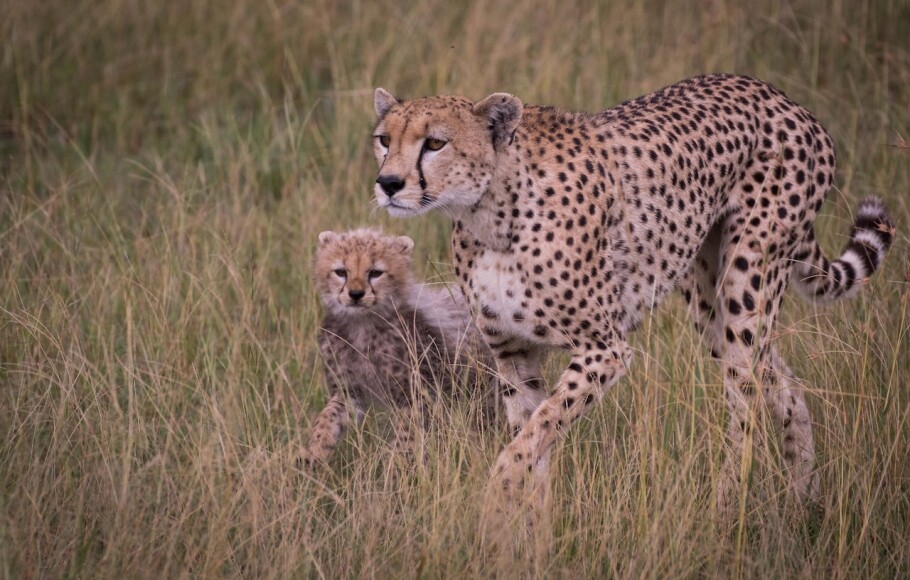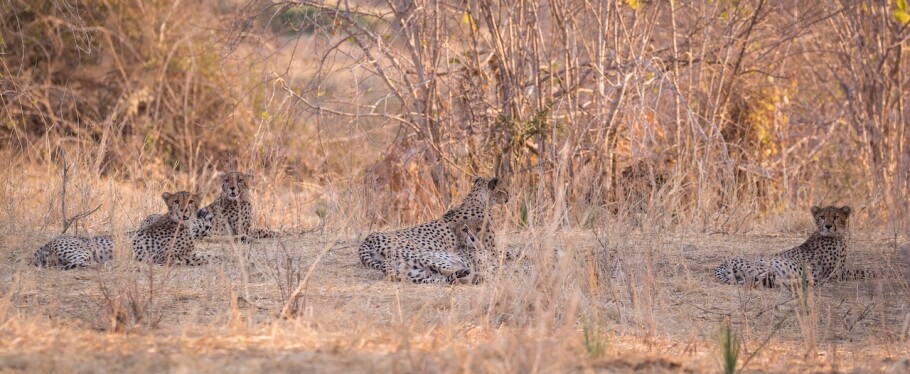Where To Find Cheetah On Safari?
Cheetahs are always a highlight on any safari. Once ranging from the Middle East to India and across North Africa, these sleek, lightweight predators are designed for speed rather than power, leaving them at a disadvantage against larger predators like hyenas and lions. Their need to roam vast areas often brings them into conflict with people and livestock. As a result, cheetahs are now rare and threatened almost everywhere. However, a few exceptional destinations still offer good chances of seeing them in the wild.

The Serengeti: The Ultimate Cheetah Destination
The Serengeti in Tanzania is the best place to see cheetahs. With an estimated population of two to three hundred, it’s considered a stronghold for the species. Serengeti cheetahs are notably relaxed around vehicles, which makes them easier to observe. They can be found in all corners of the park, from the short grass plains of Ndutu and the southern Serengeti to the vast savannahs that define this iconic landscape. The classic image of a cheetah striding across the plains is often captured here. Visiting between December and March, during the wet season, gives you a great chance of witnessing them hunting young wildebeest.
Tarangire National Park: An Underappreciated Cheetah Spot
Tarangire is best known for its elephants and iconic baobab trees, but it’s also a good place to see cheetahs. While sightings often occur near the park gate and along main roads, these areas can be busy. Heading south offers quieter encounters, and you may even spot cheetahs climbing trees—an unusual behaviour. Night drives can occasionally reveal them as well, though they’re typically active during daylight hours.
Ruaha National Park: Cheetahs in the Wilderness
Ruaha, with its vast wilderness and large lion population, may not seem like classic cheetah territory. Nevertheless, cheetahs thrive here. They can be found not only in the open savannahs but also in mixed bushland, where they take advantage of shifts in lion pride territories and scattered prey during the wet season. Ruaha’s cheetahs have adapted to these conditions, with some “super mums” successfully raising multiple cubs to adulthood. These young cheetahs, with their dark coats and distinctive white crests, are thought to resemble honey badgers, possibly as a defensive mimicry.

Preparing for Your Cheetah Safari
When planning your safari, let us know which animals you’re most keen to see. This helps us recommend the best areas and camps to increase your chances of spotting cheetahs. Experienced guides who know local cheetah territories and habits can make all the difference. Below are some of our top cheetah safari camps to help you get started.